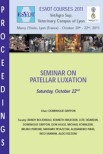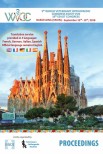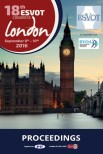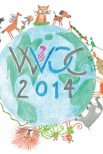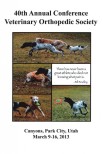Bone is repaired by remodelling, a process influenced by its loading environment. The aim of this study was to investigate the effect of a change in loading environment on bone remodelling by quantifying bone resorption and formation activity in the metacarpal subchondral bone in Thoroughbred racehorses. Sections of the palmar metacarpal condyles of horses in race training (n = 24) or resting from training (n = 24) were examined with light microscopy and back scattered scanning electron microscopy (BSEM). Bone area fraction, osteoid perimeter and eroded bone surface were measured within two regions of interest: (1) the lateral parasagittal groove (PS); (2) the lateral condylar subchondral bone (LC). BSEM variables were analysed for the effect of group, region and interaction with time since change in work status. The means ± SE are reported.
For both regions of interest in the training compared to the resting group, eroded bone surface was lower (PS: 0.39 ± 0.06 vs. 0.65 ± 0.07 per mm, P = 0.010; LC: 0.24 ± 0.04 vs. 0.85 ± 0.10 per mm, P 0.001) and in the parasagittal groove osteoid perimeter was higher (0.23 ± 0.04% vs. 0.12 ± 0.02%). Lower porosity was observed in the subchondral bone, reflected by a higher bone area fraction in the LC of the training group (90.8 ± 0.6%) compared to the resting group (85.3 ± 1.4%, P = 0.0010).
Race training was associated with less bone resorption and more bone formation in the subchondral bone of highly loaded areas of the distal metacarpus limiting the replacement of fatigued bone. Periods of reduced intensity loading are important for facilitating subchondral bone repair in Thoroughbred racehorses.
